Eagles, known for their majestic presence and soaring flight, are among the most iconic birds of prey. These magnificent creatures are found in various parts of the world and have captivated human fascination for centuries. In this article, we will explore different types of eagles, their unique characteristics, habitats, conservation status, and the cultural significance they hold.
You may also want to know what frog poop looks like.
Bald Eagle: The Symbol of Freedom
The Bald Eagle, with its striking white head and impressive wingspan, is one of the most recognizable eagle species. Found in North America, this powerful bird of prey holds great cultural significance and is the national bird and symbol of the United States. Bald Eagles are known for their remarkable fishing skills, swooping down from the sky to catch fish with their sharp talons. Despite facing challenges in the past, conservation efforts have led to the recovery of Bald Eagle populations, and they are no longer listed as endangered.
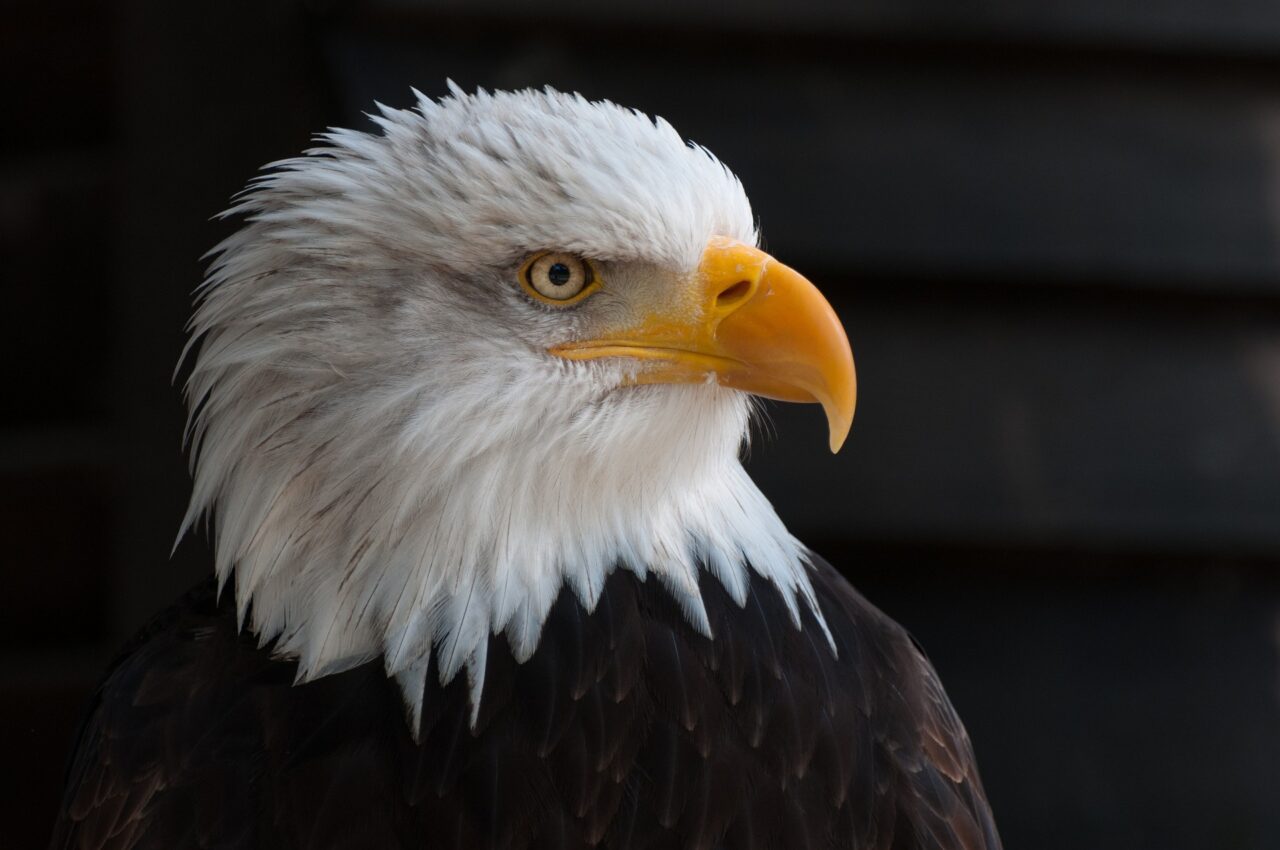
Steller’s Sea Eagle
Steller’s Sea Eagle is one of the largest and heaviest eagles in the world, with a wingspan that can reach up to 8 feet (2.4 meters). These magnificent birds are native to northeastern Asia, particularly Russia and parts of Japan. Steller’s Sea Eagles have a striking appearance, with a stark contrast of black and white plumage, a massive yellow beak, and piercing yellow eyes. They primarily inhabit coastal areas, where they feed on fish, waterfowl, and other marine creatures.
Due to habitat degradation and hunting, Steller’s Sea Eagles have faced a decline in their population numbers. They are currently classified as vulnerable, and conservation efforts are underway to protect their habitats and ensure their survival.
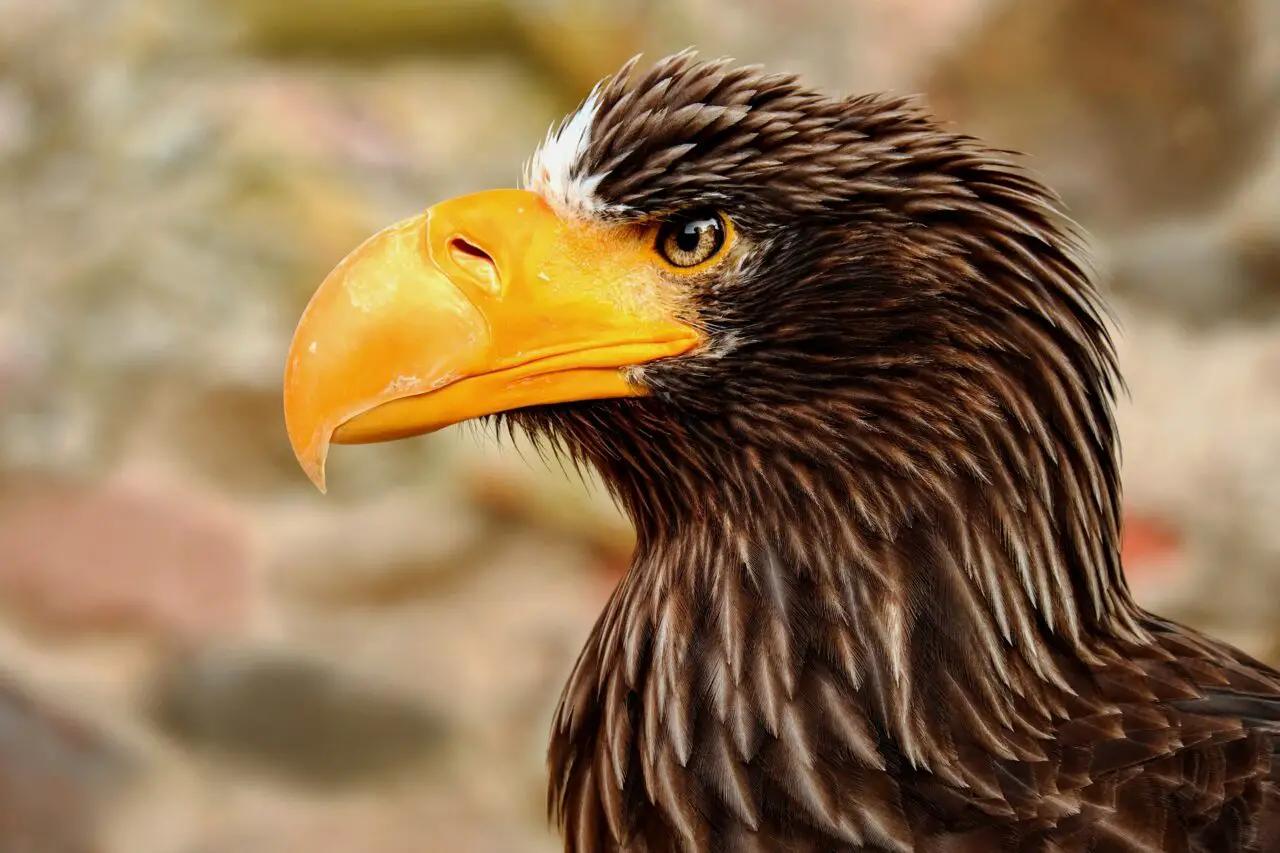
Golden Eagle: The King of the Skies
The Golden Eagle is renowned for its regal appearance and powerful presence. With its golden-brown feathers and piercing eyes, this large eagle species is found across Europe, Asia, and North America. Golden Eagles are skilled hunters, capable of taking down prey as large as deer or foxes. They prefer open habitats such as mountains, cliffs, and grasslands, where they can soar high and hunt with precision. Golden Eagles are revered in many cultures and symbolize strength, bravery, and nobility.
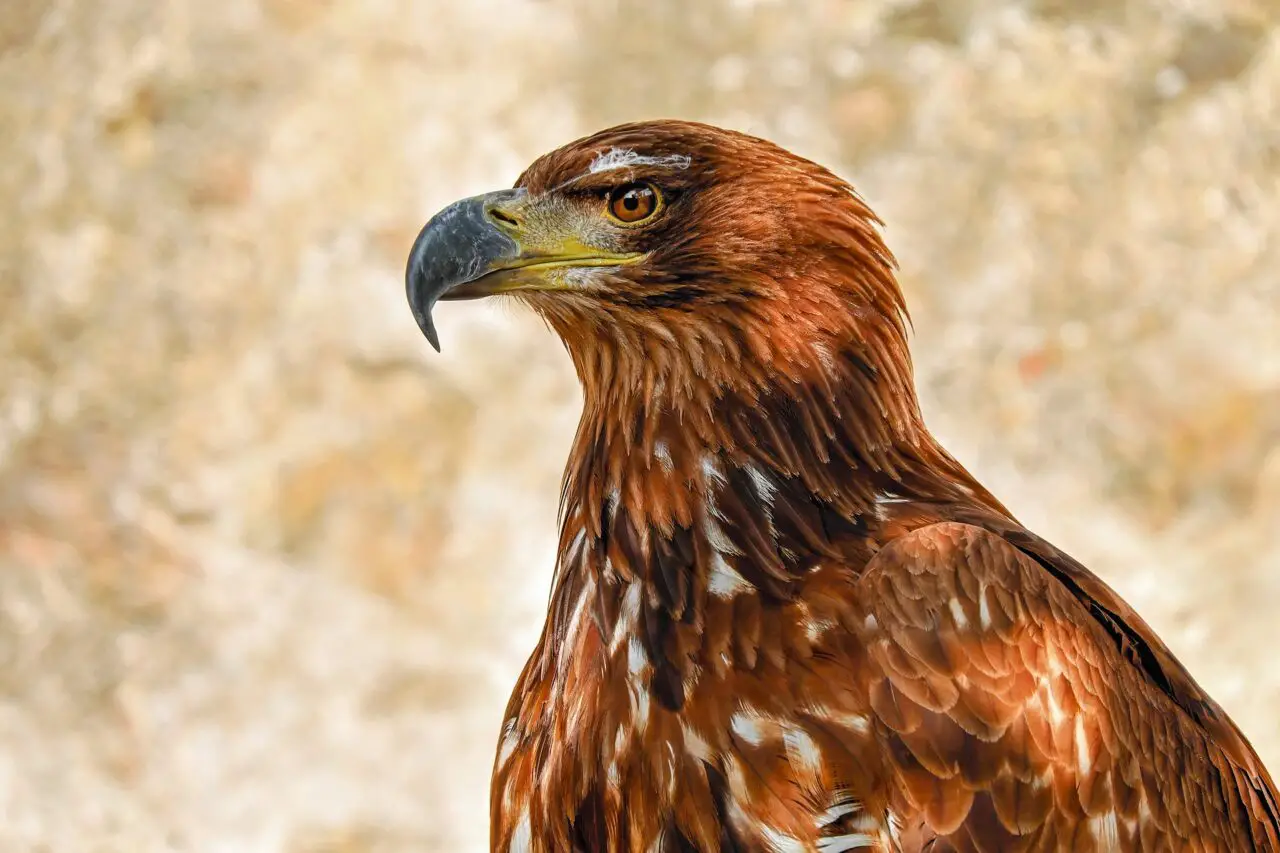
Harpy Eagle: The Amazonian Ruler
In the dense rainforests of Central and South America, the Harpy Eagle reigns supreme. Considered one of the largest and most powerful eagles in the world, the Harpy Eagle is characterized by its distinctive crest and massive talons. These formidable predators feed on monkeys, sloths, and other arboreal mammals. The Harpy Eagle’s unique adaptations and hunting skills make it a fascinating species to observe. However, habitat loss and illegal hunting pose significant threats to their survival.
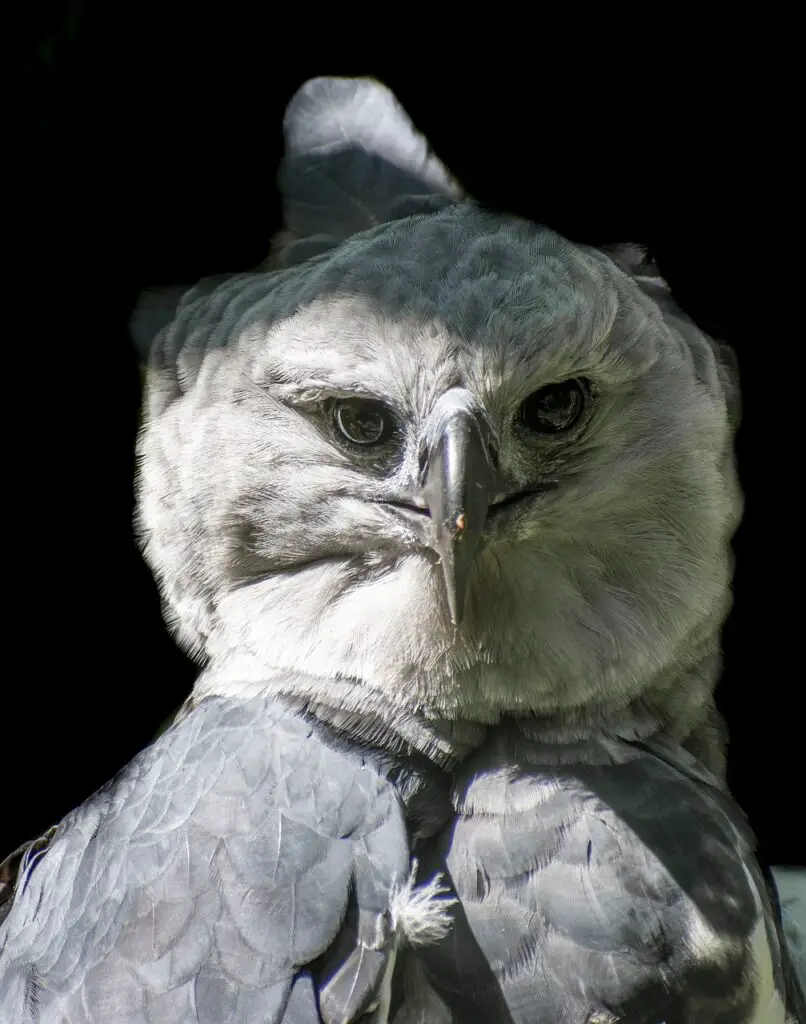
Martial Eagle: The Apex Predator of Africa
The Martial Eagle is a true symbol of power and authority in the African savannahand open grasslands. With its impressive size and strong build, the Martial Eagle is known as one of the largest and most powerful eagles on the continent. These magnificent birds have a keen eyesight and remarkable hunting capabilities, preying on a wide range of animals including small mammals, birds, and reptiles. They are known for their aerial displays and their ability to soar effortlessly in search of prey. Despite their status as apex predators, Martial Eagles face threats such as habitat loss and persecution, highlighting the importance of conservation efforts to protect these majestic birds.
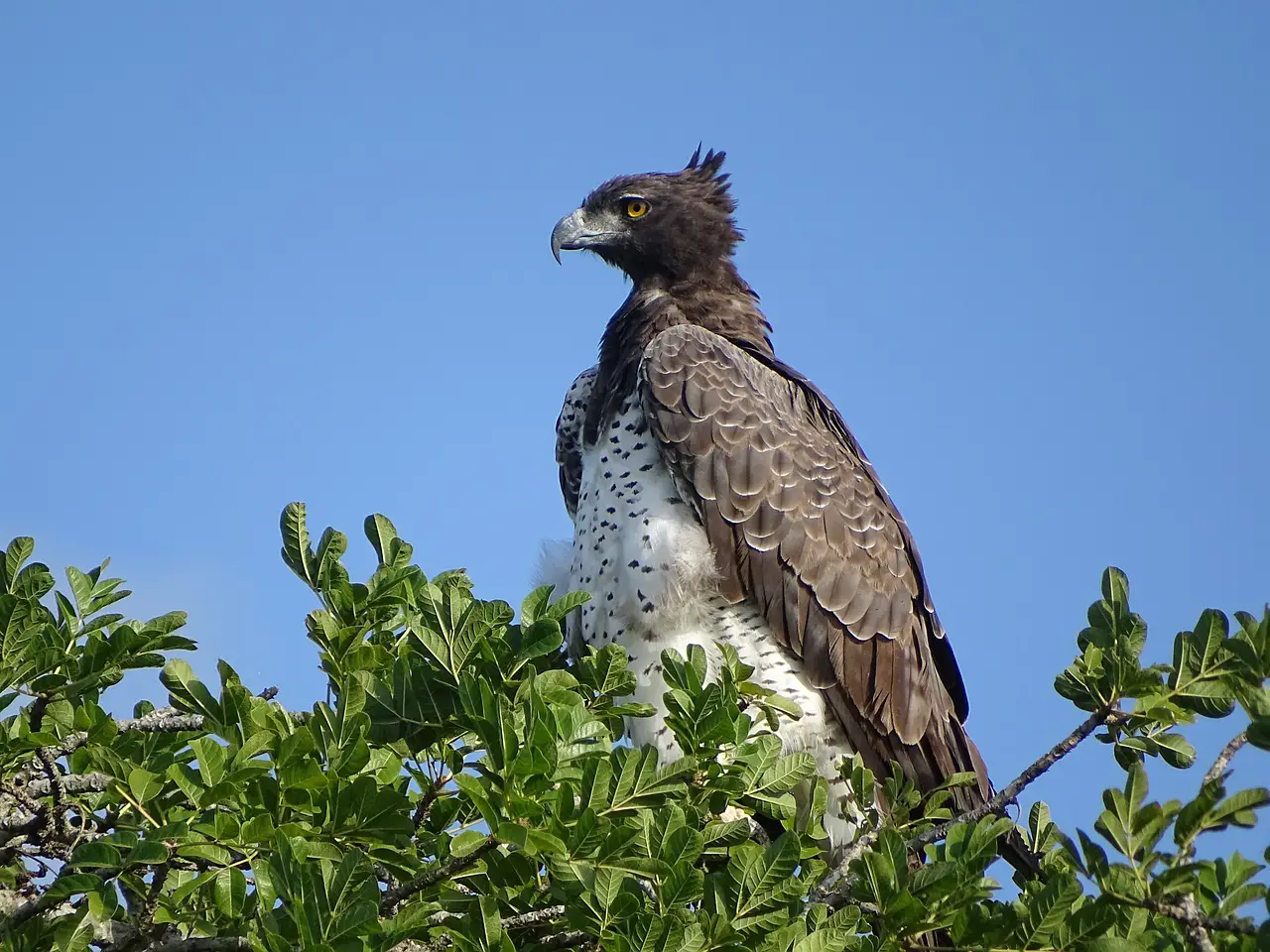
White-tailed Eagle: The Master of Aquatic Environments
The White-tailed Eagle, also known as the Sea Eagle, is a majestic bird found in coastal regions and around large bodies of water in Europe and parts of Asia. These eagles have distinctive white tails, large wingspans, and powerful beaks. They are well-adapted to their aquatic habitats and are skilled fishers, plunging from the sky to snatch fish from the water’s surface. The White-tailed Eagle’s presence near waterways has earned it a reputation as a symbol of natural beauty and conservation in many European countries.

Conclusion
In conclusion, the world of eagles is filled with remarkable diversity and splendor. From the majestic Bald Eagle, the impressive Steller’s Sea Eagle, the iconic Golden Eagle, the powerful Harpy Eagle, the awe-inspiring Martial Eagle, to the resilient White-tailed Eagle, each species holds its own unique characteristics and adaptations. While some face challenges and require ongoing conservation efforts, their presence in our ecosystems is crucial. Let us continue to appreciate and protect these magnificent birds for future generations to admire.
FAQs
- Q: How long do eagles live?
- A: Eagles can live up to 20-30 years in the wild, depending on the species.
- Q: Can eagles fly long distances?
- A: Yes, eagles are known for their long-distance flights during migration or in search of food and suitable habitats.
- Q: Are all eagles endangered?
- A: No, not all eagles are endangered. While some species face conservation concerns, others are more abundant and considered least concern.
- Q: Do eagles mate for life?
- A: Yes, many eagle species form long-term monogamous pair bonds and mate for life.
- Q: How do eagles build their nests?
- A: Eagles build large nests using sticks, twigs, and other natural materials, usually in tall trees or on cliff ledges. The nests are often added to and reused year after year, becoming massive structures that can weigh several hundred pounds.
- Q: Are all eagles known for their impressive eyesight?
- A: Yes, eagles are renowned for their exceptional eyesight. They have keen vision, allowing them to spot prey from great distances while soaring high in the sky.
- Q: Are there any cultural or symbolic meanings associated with eagles?
- A: Yes, eagles hold significant cultural and symbolic meanings in many societies. They are often seen as symbols of strength, freedom, and power in various mythologies and national emblems.
- Q: Can eagles be found in urban environments?
- A: While eagles are predominantly found in natural habitats, some species have adapted to urban environments, particularly in areas where there are abundant food sources such as lakes or rivers.
- Q: Are there any other notable eagle species worth mentioning?
- A: Yes, there are many other fascinating eagle species worldwide, including the African Fish Eagle, the Philippine Eagle, the Crested Serpent Eagle, and the Verreaux’s Eagle, among others.
- Q: How do eagles communicate with each other?
- A: Eagles use a variety of vocalizations, including high-pitched calls, screams, and whistles, to communicate with their mates and establish territories.